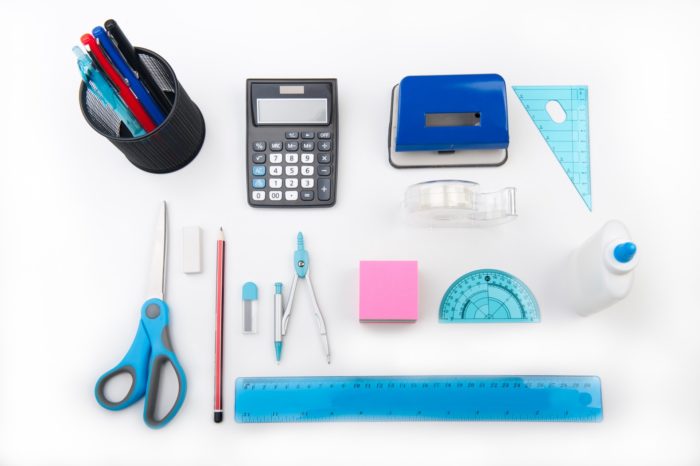Paul worked with one student developing a story around her favourite character Edward Scissorhands with SCRATCH
Student Profile
Including learning difficulties, behavioural issues etc
the student is a female student aged 16. the student’s primary need is ASD with comorbidities in ADHD; the student also has speech, language and communication needs. the student finds focussing on tasks for more than a minute or two very difficult.
Description of learning prior to the project start
Whilst the student had previously developed basic skills in sequencing instructions using Scratch, the student was a reluctant user. In discussion, the student indicated that she was uninspired by the programming experiences she had previously experienced, expressing frustration with the tasks she was asked to complete and the complexity of the interface in Scratch. On further questioning, the student indicated that the tasks previously completed during lessons using Scratch involved copying teacher demonstrations, with outcomes that didn’t mean a great deal to the student; the student cited an example where she had to program a timer to count from 0 to 10 – the student didn’t understand why a stop watch couldn’t be used instead.
Description of student during the project
At the beginning of the game making project, the student responded positively to the scenario of making a game for a real life client. The intention of the scenario was to give the student a purpose for her endeavours, with a real focus for her efforts.
the student had a meeting with the client, discussing the requirements of the game, including the intended audience and purpose. The client outlined how a game based on the movie ‘Edward Scissorhands’ was required; the choice of movie was intentional, with the client aware of the student’s love of the movie. the student was very excited at the prospect of creating an Edward Scissorhands game, readily sharing lots of ideas that she had about a subject that was so important and meaningful to her.
Following the initial meeting with the client, the student then proceeded to make the game using Scratch. the student responded positively to using a range of pre-made tutorial video clips (links to resources below). Watching the student use the video clips was revealing; unlike a traditional teaching sequence where a teacher demonstration is often followed by a student’s attempt at a similar succession of skills, use of the video clips allowed the student to personalise the learning experience, choosing the video clip to watch matched to the particular requirement of the game. the student also regularly paused the video clips to give herself time to apply the skill in Scratch, re-watching the clip if necessary. the student described how using the videos clips felt less stressful, and it was good not to have to remember so many things at once.
Whilst making the game, the student was able to work creatively, enjoying the freedom of designing her own backgrounds and sprites, without the constraint of ‘on rails’ programming tutorials that the student had lacked any interest in previously. Such engagement led to prolonged periods of focus from the student, working for periods of up to 20 minutes without the need for prompting. Having the option of recording sound effects in Scratch to add interest to the game also allowed the student to maintain interest. the student discussed the project frequently with her classmates, discussing the content of her game and even the algorithms to achieve certain character interactions.
Changes identified
Social development – during the period of the project, the student showed a noticeable improvement in her engagement with her learning, regularly discussing the project with the client and her peers. The project facilitated a large number of social interactions, helping the student to gain confidence in working with her peers.
Language development – due to the higher levels of engagement with Scratch, the student made significant gains in her skills in programming and game development; consequently, the student was frequently using language linked to the project such as ‘sprite’, ‘sequence’ and ‘debug’.
Description of learning after the project including any related outcomes
On completion of the game, the student presented her final work to the client, receiving positive feedback. the student was delighted to have made something to feel proud of, proudly sharing her achievements with her peers and parents.
the student applied the learning from this project to other projects, having gained so much confidence from making the game, both in terms of technical skills and social skills in working with her peers.
Lessons learned :
Using special interests, in this case the movie ‘Edward Scissorhands’, the teacher was able to engage the pupil and increase their attention span. He was also able to motivate her by turning the design of the game into as real life task by presenting it as a job for a real client.
Increased self esteem led to better learning outcomes and in particular transfer of learning as the student applied the learning from this project to other projects, having gained so much confidence from making the game, both in terms of technical skills and social skills in working with her peers.
The teacher was able to link up his work with other teachers and as a team they could find a common thread linking the student´s learning outcomes into a cohesive learning path personalised and spanning several subjects.


